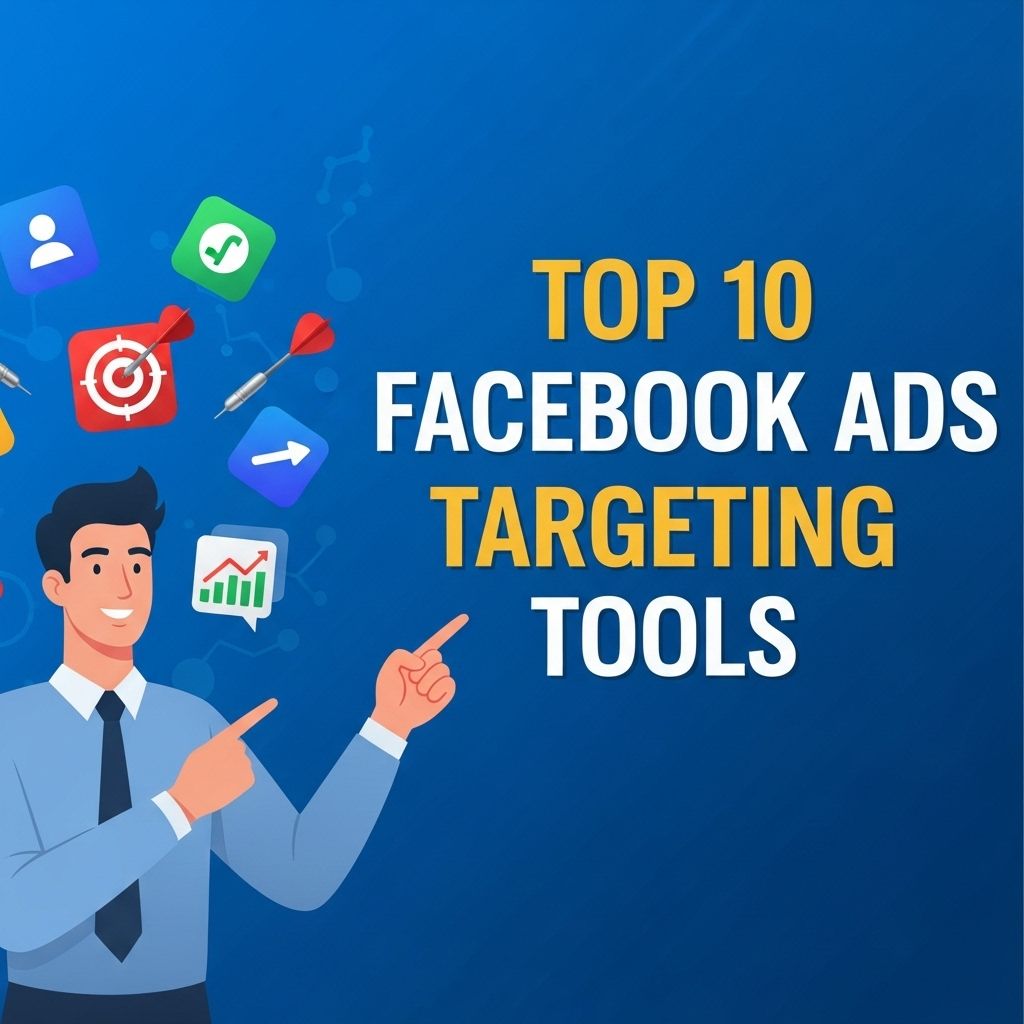In the ever-competitive landscape of YouTube, creators and brands are continually seeking innovative strategies to enhance their visibility and audience engagement. With over 2 billion logged-in monthly users, optimizing your content for search engines is not just beneficial; it’s essential. This guide dives into actionable techniques that can significantly improve your YouTube SEO, helping you to climb search results and attract a broader audience.
Understanding YouTube SEO
YouTube SEO is the process of optimizing your videos and channel to rank higher in YouTube’s search results and recommended videos. This involves a range of practices from keyword research to video optimization techniques. Let’s break down the critical components of YouTube SEO.
Keyword Research
Effective keyword research is the cornerstone of good SEO. It helps you understand what your potential audience is searching for. Here’s how you can conduct keyword research:
- Use YouTube’s Search Suggest: Start typing relevant keywords in the YouTube search bar. The auto-suggestions are based on popular search queries.
- Analyze Competitor Videos: Look at similar channels and note the keywords they target.
- Tools to Utilize: Tools like TubeBuddy, VidIQ, and Google Trends can provide insights into trending keywords.
Optimizing Video Titles
Your video title plays a critical role in its discoverability. Here are some best practices for creating effective titles:
- Incorporate primary keywords at the beginning.
- Keep it concise—ideally under 60 characters.
- Make it catchy to encourage clicks, but ensure it accurately reflects the video content.
Video Descriptions and Tags
Video descriptions provide context for your content and are essential for SEO. Here’s how to craft better descriptions:
- First 125 Characters Matter: The first few lines should grab attention, as they show up in search results.
- Include Keywords Naturally: Use primary and secondary keywords without keyword stuffing.
- Provide Value: Include links to related content, your social media, and a call-to-action.
Tags also help YouTube understand your content better:
- Utilize both broad and specific tags.
- Prioritize keywords that reflect your video’s content.
Creating Eye-Catching Thumbnails
Thumbnails are the first impression viewers get of your video. An effective thumbnail can influence the click-through rate significantly. Here are some tips:
| Tip | Description |
|---|---|
| Use High-Quality Images | Ensure clarity and resolution to avoid pixelation on larger screens. |
| Include Text | Use brief and bold text to summarize the video content. |
| Consistent Branding | Maintain a consistent style that aligns with your channel’s identity. |
Engagement Signals
YouTube values engagement as a sign of content quality. Here are ways to boost viewer interaction:
- Encourage Comments: Ask viewers to share their thoughts or ask questions.
- Promote Likes and Shares: Remind viewers that these actions help your video reach more people.
- Utilize Playlists: Create playlists to keep viewers on your channel longer and improve watch time.
Watch Time and Audience Retention
These metrics are critical for YouTube’s algorithm. More watch time signals that your content is valuable:
- Produce high-quality, engaging content that keeps viewers watching.
- Structure your videos to maintain interest through storytelling or providing valuable insights.
- Utilize end screens and cards to promote other videos and encourage further viewing.
Utilizing Analytics for Continuous Improvement
Analytics are vital for understanding audience behavior and refining your strategy:
- Monitor Retention Rates: Identify where viewers drop off and adjust future content accordingly.
- Traffic Sources Analysis: Determine how users are finding your videos and focus on those channels.
- Audience Demographics: Understand who is watching your videos to tailor content effectively.
Experimenting with Formats
Different video formats can appeal to various audiences. Consider experimenting with:
- Tutorials: Provide value through educational content.
- Live Streams: Engage directly with your audience and answer questions in real-time.
- Shorts: Utilize YouTube’s Shorts feature for quick, engaging content.
Promoting Your Videos Outside YouTube
Don’t rely solely on YouTube for traffic; promote your videos on various platforms:
- Social Media Shares: Share your videos on Facebook, Twitter, Instagram, and LinkedIn.
- Blog Integration: Embed your videos in relevant blog posts to drive traffic and provide context.
- Email Marketing: Include video links in newsletters to keep your audience engaged.
Conclusion
Boosting your YouTube SEO requires a comprehensive approach that combines keyword optimization, engaging content, and effective marketing techniques. By implementing these strategies, you position your videos for success, increase your visibility, and ultimately grow your audience. Remember that SEO is an ongoing process that requires regular monitoring, testing, and adaptation to ever-changing algorithms and viewer preferences.
FAQ
What are the best practices for optimizing YouTube video titles?
To optimize YouTube video titles, include relevant keywords, keep them concise (60 characters or less), and make them engaging to encourage clicks.
How can I improve my YouTube video descriptions for SEO?
Enhance your video descriptions by incorporating keywords, providing a detailed summary, including links to related content, and utilizing timestamps for better user experience.
What role do tags play in YouTube SEO?
Tags help YouTube understand the content of your video and categorize it appropriately, so use a mix of broad and specific tags that reflect your video’s theme.
How important are thumbnails for YouTube SEO?
Thumbnails are crucial for YouTube SEO as they attract viewers’ attention; create custom thumbnails that are visually appealing and relevant to your content.
What strategies can I use to increase engagement on my YouTube videos?
To increase engagement, encourage viewers to like, comment, and subscribe within your video, ask questions, and respond to comments to foster community interaction.
How does watch time impact YouTube SEO rankings?
Watch time is a significant ranking factor; the longer viewers watch your videos, the better your SEO performance, so create compelling content that keeps viewers engaged.




